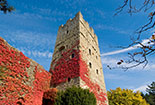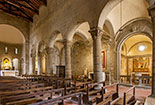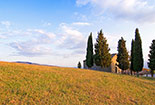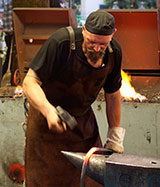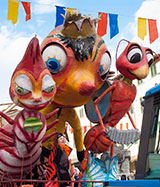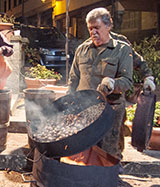STIA
in Casentino, a Tuscan valley with which you can get familiar in every detail through this site
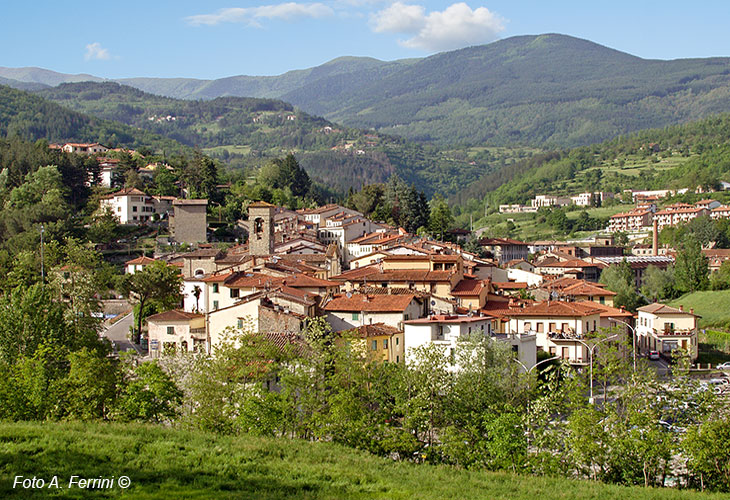
Texts and photos by Alessandro Ferrini ©
64 accurately described images of Stia. Click to enlarge
Stia, a beautiful village born in a medieval market place
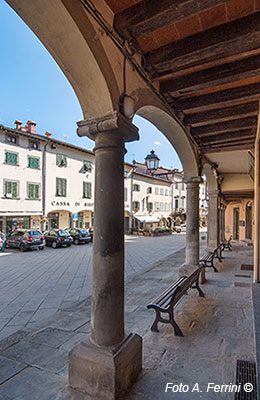 As Dante Alighieri reminds us in the XIV Canto del Purgatorio, the Arno was born on Monte Falterona – Per mezza Toscana si spazia un fiumicel che nasce in Falterona, e cento miglia di corso nol sazia – Where this important Tuscan river meets the Casentino valley floor, there is Stia. The village is also crossed by the river Staggia that here throws its waters into the Arno. The name Stia certainly derives from Staggia.
As Dante Alighieri reminds us in the XIV Canto del Purgatorio, the Arno was born on Monte Falterona – Per mezza Toscana si spazia un fiumicel che nasce in Falterona, e cento miglia di corso nol sazia – Where this important Tuscan river meets the Casentino valley floor, there is Stia. The village is also crossed by the river Staggia that here throws its waters into the Arno. The name Stia certainly derives from Staggia.
At the meeting of these two rivers was found in the Middle Ages, as is still the case today, the intersection of four important roads that came from Arezzo, Florence, Mugello and Romagna. An ideal place for the birth of a market that, in fact, began to develop since the early decades of the eleventh century, also wanted by the Counts Guidi that in the hill above Stia, called Porciano, had recently built one of their first castles in Casentino.
In this important market place and road network, a church was also built, but it was short-lived. In the mid-twelfth century, in fact, this was replaced by another larger and more sumptuous church dedicated to Santa Maria Assunta: the current Pieve di Stia. A church wanted by the ambitious Guidi di Porciano probably at the time they saw the birth of a beautiful parish church wanted by the Guidi del Castello Romena on the hill in front of the high ground of Porciano.
Stia until 2013 was an autonomous municipality, from January 2014 is part of the municipality of Pratovecchio - Stia. The country is practically attached to that of Pratovecchio. Just coming from the latter village, after a short while the entrance in Stia, there is a junction where the Regional Road turns right to go to Romagna through the Passo della Calla (Via Vittorio Veneto). We continue straight on Via Roma, after a few meters, on the right, there is Piazza Mazzini, almost entirely occupied by public gardens. These, in addition to a lot of greenery, offer a beautiful fountain at their center. A great work of modern art in forged iron. The heavy work is there place to remind you that Stia is the country of wrought iron. A craft present in Stia since the Middle Ages whose tradition has given rise to the European Biennial of Factory Art of Stia. A great event held in the early days of September of odd-numbered years. On the occasion are exhibited artistic and artisan works of many blacksmiths who come from many places in Italy and Europe. Many of these blacksmiths are also engaged in a sort of extemporary competition that is held in these gardens. Fire, hot iron and the roar of hammering characterize this event.
Continuing along the road, this, after passing the gardens, begins to descend. After a few meters we will begin to hear a loud noise of water. It comes from a waterfall of the Staggia right inside the village that we can see when we are on the small bridge. When the stream has abundant water and is illuminated by the lights of the evening, the waterfall becomes very scenic, as well as very noisy.
A few meters before the bridge, on the right there is a small church. It is the Oratory of the Madonna del Ponte. A very simple structure where inside we can see a glazed terracotta showing a Virgin and Child between Saints Roch and Sebastian. The work is dated 1531 and has been attributed to Santi Buglioni.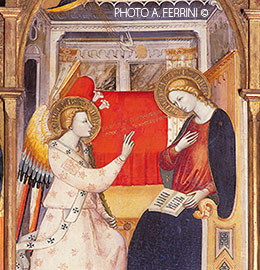
After crossing the bridge, turning right and after a few meters to the left, a short tunnel leads to Piazza Tanucci, the most interesting part of Stia from the historical, architectural and artistic point of view. The square reached its peak in 1996 when it was the scene of much of the filming of the film "Il Ciclone" by Leonardo Pieraccioni. Even without this film event Piazza Tanucci in Stia has so much to be proud of. Its shape is very elongated and goes up. On the two longest sides is bordered by adjoining buildings all porches. This architectural peculiarity is typical of market places because it gave shelter to sellers and buyers in case of bad weather. And Stia was a market place. On the contrary, the village was born and developed around a market, an important crossroads and a church.
In the architectural context of Piazza Tanucci, the facade of the church in Baroque style is well evident. An anomalous thing for a Romanesque church. This wall of the church was rebuilt in the second half of the eighteenth century, moving it back a few meters so as to align it with the other buildings and give more space to that square among the most important of the Casentino from a commercial point of view. Inside the church shows the original Romanesque style with monolithic columns surmounted by beautiful capitals that divide the three naves. The parish church of Stia is one of the most important places of art in Casentino. Here are preserved valuable works ranging from the thirteenth to the eighteenth century. Works of various kinds: Della Robbia terracottas, gold backgrounds on wood, frescoes, wood carvings, canvases. Among them are a Madonna and Child on a gold background of the late thirteenth century similar to the style of Cimabue, the painting of the Annunciation by Bicci di Lorenzo in 1414, a Madonna and Child by Andrea Della Robbia, a glazed terracotta of 1490 or so. To know in detail the history, architecture, capitals and all the works of art preserved in the Pieve di Stia visit this section.
Leaving the church, we begin to climb up Piazza Tanucci. Its architecture is an excellent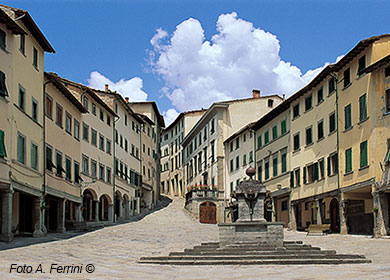 choreography for events that take place periodically in Stia. To remember the historic carnival, the Castagnata Stiana, the exhibition of works of art in iron during the Biennale dell'Arte Fabbrile, concerts in the summer months. Almost at the top of the square is a monumental fountain, a work of the nineteenth century. To the right of this, a downhill alleyway takes us out of the square. Along the alley there are three museums in the same building: the Ski Museum, the Museum of the Forest and the Mountain, the Ornithological Museum Carlo Beni. Continuing to descend we reach in a few meters to a road that runs along the right bank of the river Staggia. Here a modern bridge supported by two large arched pipes allows us to cross this stream. Let's stop above it to observe the stream upstream. On the left and in the background there is a very large building. It is a part of what was once the famous Stia Wool Mill. The first industrial activity of Casentino that from the eighties of the nineteenth century until 1920 came to have five active plants giving employment to 500 employees. Today, most of the factories are in a precarious state. The part we can see from the bridge has been recovered. In the first two floors of the factory we see at the bottom, the Museo dell'Arte della Lana (Museum of Wool Art) has been built, a large exhibition that, through many old machines of various types, products and documents, illustrates in an exhaustive way the history of this important industrial reality. On the upper floor of the same building, exhibitions and fairs are periodically held. The most famous are the one dedicated to wine and new oil and another one dedicated to organic products.
choreography for events that take place periodically in Stia. To remember the historic carnival, the Castagnata Stiana, the exhibition of works of art in iron during the Biennale dell'Arte Fabbrile, concerts in the summer months. Almost at the top of the square is a monumental fountain, a work of the nineteenth century. To the right of this, a downhill alleyway takes us out of the square. Along the alley there are three museums in the same building: the Ski Museum, the Museum of the Forest and the Mountain, the Ornithological Museum Carlo Beni. Continuing to descend we reach in a few meters to a road that runs along the right bank of the river Staggia. Here a modern bridge supported by two large arched pipes allows us to cross this stream. Let's stop above it to observe the stream upstream. On the left and in the background there is a very large building. It is a part of what was once the famous Stia Wool Mill. The first industrial activity of Casentino that from the eighties of the nineteenth century until 1920 came to have five active plants giving employment to 500 employees. Today, most of the factories are in a precarious state. The part we can see from the bridge has been recovered. In the first two floors of the factory we see at the bottom, the Museo dell'Arte della Lana (Museum of Wool Art) has been built, a large exhibition that, through many old machines of various types, products and documents, illustrates in an exhaustive way the history of this important industrial reality. On the upper floor of the same building, exhibitions and fairs are periodically held. The most famous are the one dedicated to wine and new oil and another one dedicated to organic products.
After crossing the stream, a short path through the green leads us into a small park. We are in 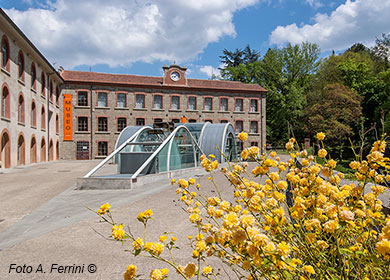 what was once the garden of the Palagio Fiorentino. A palace of medieval origin, completely destroyed in 1440 by Niccolò Piccinino and rebuilt in perfect medieval style in the early twentieth century by the lawyer Carlo Beni who made it his residence. Since 1982 the place is owned by the municipality. Inside there is a large and important exhibition of modern art. In the park there is a modern structure with a wooden pavilion roof. Here comes the healthy water of the thermal spring of Chalcedon, which is located near the Passo della Calla.
what was once the garden of the Palagio Fiorentino. A palace of medieval origin, completely destroyed in 1440 by Niccolò Piccinino and rebuilt in perfect medieval style in the early twentieth century by the lawyer Carlo Beni who made it his residence. Since 1982 the place is owned by the municipality. Inside there is a large and important exhibition of modern art. In the park there is a modern structure with a wooden pavilion roof. Here comes the healthy water of the thermal spring of Chalcedon, which is located near the Passo della Calla.
In Stia there is another park much more natural than the Palagio Fiorentino: the Canto alla Rana. A strip of land a few hundred meters long located along the Arno in the stretch that precedes its crossing of the country. In this beautiful green space made up of meadows and many plants, today there is, to the delight of many children, an adventure park.
Al Canto alla Rana is the beginning of the Arno Cyclist that accompanies this famous river to Pisa, for those hundred miles and more that Dante tells us about. Already mentioned above and reported in a plaque at its source.



